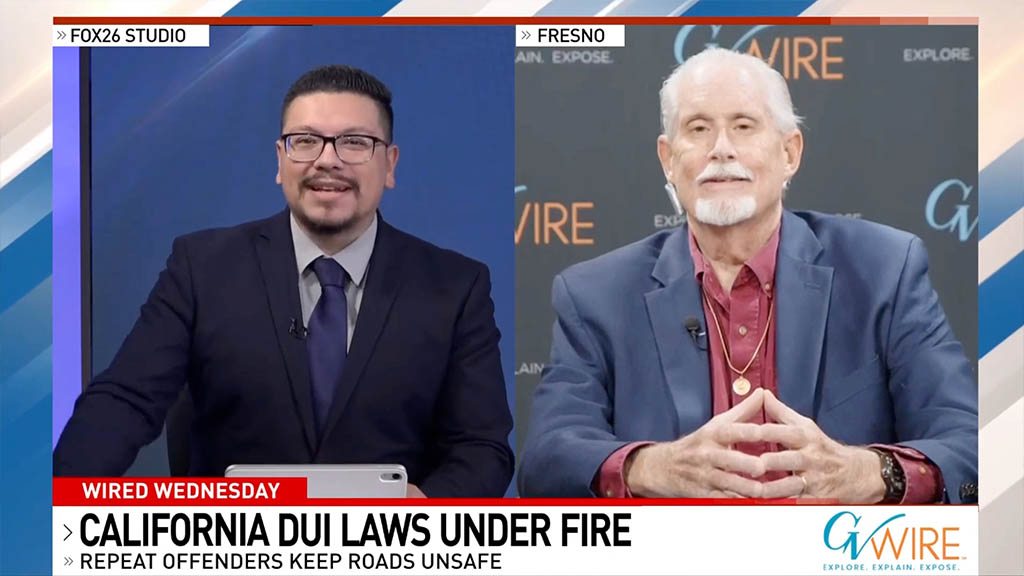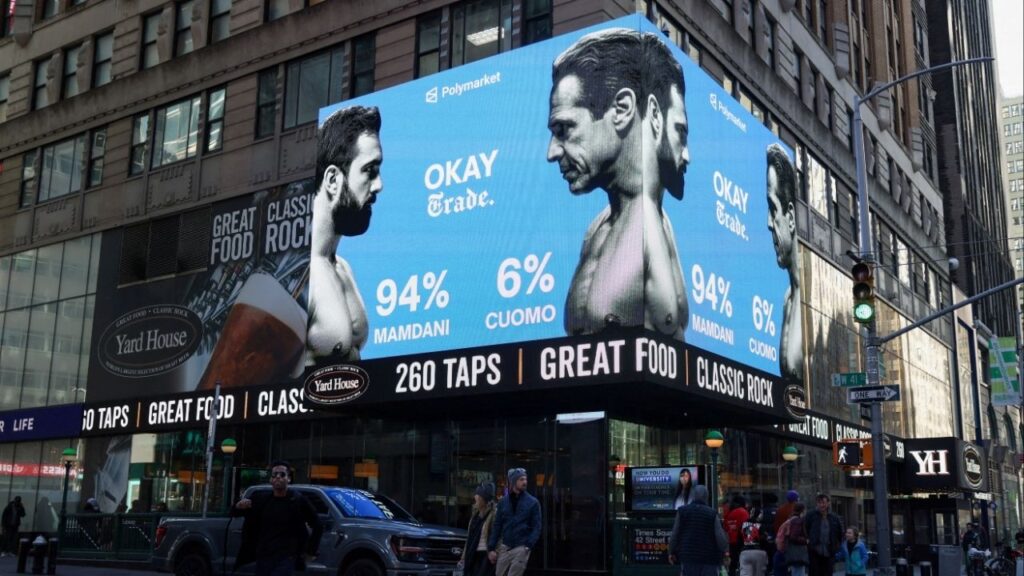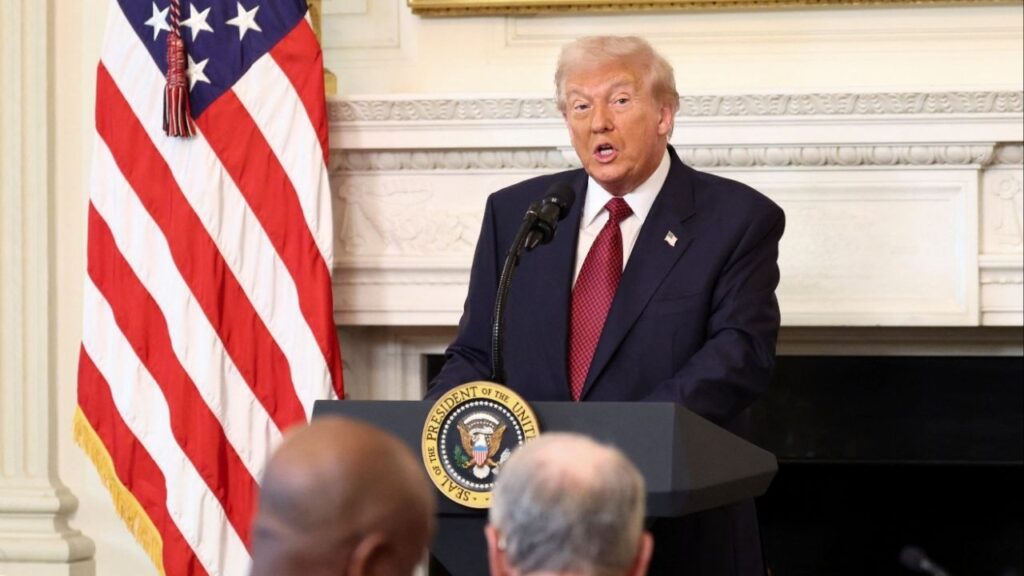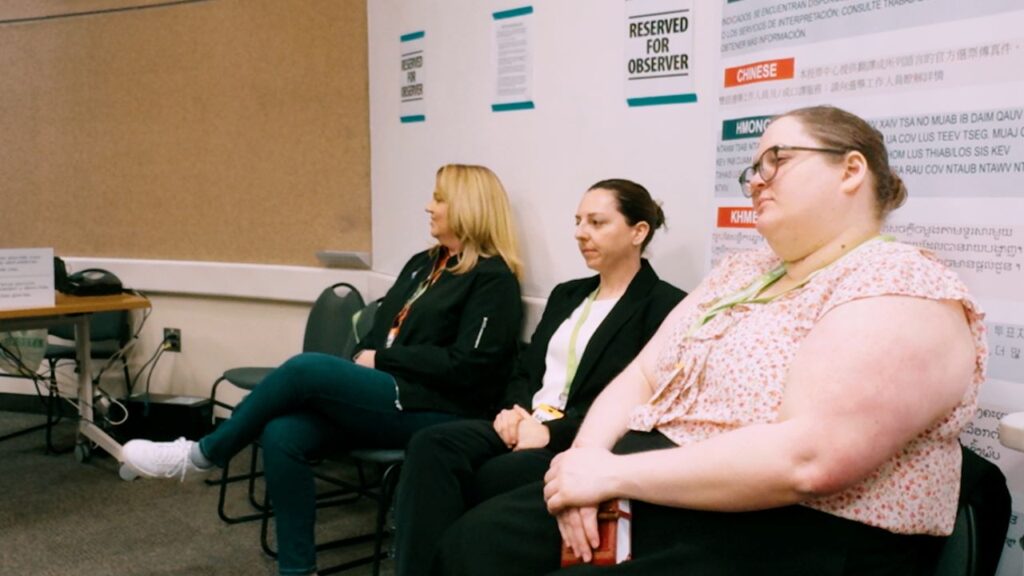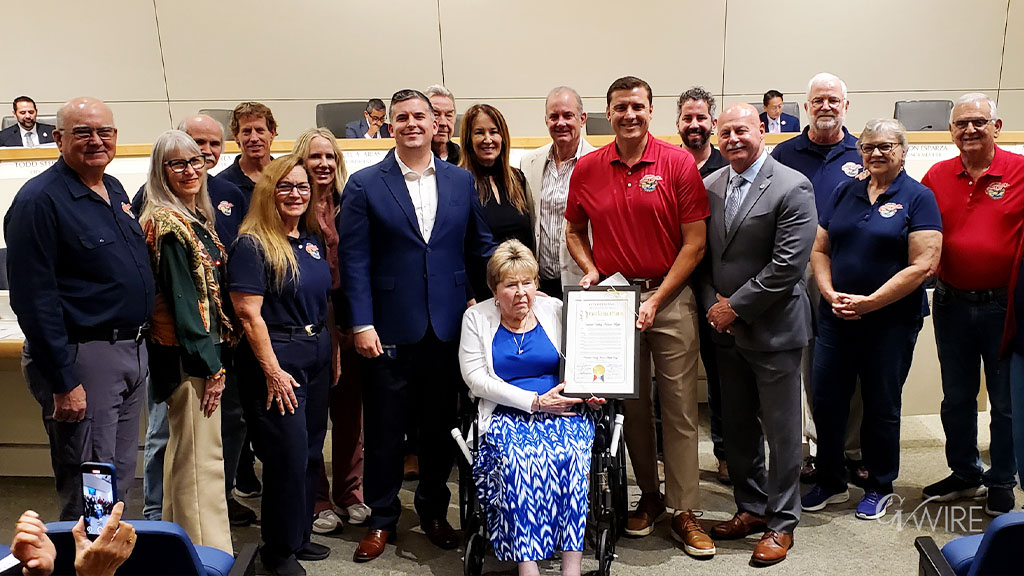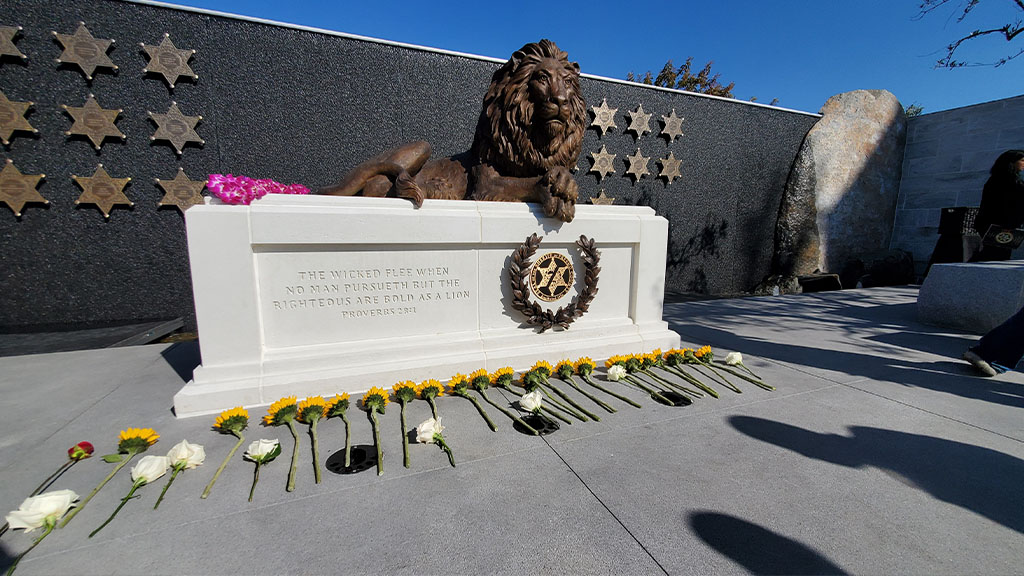Share
|
Getting your Trinity Audio player ready...
|
Politically speaking, 1998 was a watershed year for California
The 20th century was drawing to a close – a century in which Republicans had largely dominated the state’s politics, including three iconic governors: Hiram Johnson, Earl Warren and Ronald Reagan.
When Gray Davis won the governorship in 1998, he was the first Democrat to do so in 20 years and only the fourth in the entire century. However, his election marked the beginning of a new political era in which Democrats would become utterly dominant, acquiring all statewide offices and supermajorities in both houses of the Legislature and the state’s congressional delegation.
Although local offices in California are officially nonpartisan, Democrats also became dominant in county boards of supervisors, city councils and school boards. Meanwhile, the ranks of Republican voters and officeholders shriveled into irrelevancy.

Dan Walters
CalMatters
Opinion
Not only has the Democratic Party achieved hegemony at all levels, but it has moved decidedly to the left – so much so that in 2016 it refused to endorse a long-serving Democratic U.S. senator, Dianne Feinstein, for re-election and opted for her challenger, Kevin de Leon.
Self-proclaimed progressives dominate the Legislature and happily partner with history’s most outwardly left-leaning governor, Gavin Newsom, to enact policies and programs he describes as unique and potentially global in reach.
In his spare time, Newsom engages in verbal sparring matches with governors of states, such as Florida and Texas, that were sliding to the right as California was drifting to the left during the first decades of the 21st century.
California Not Alone
While academics and pundits debate the reasons why California politics have changed so dramatically over the last-quarter century, new research indicates that it is not an isolated phenomenon.
Political polarization at the federal level is self-evident – such as the virtual 50-50 split in both houses of Congress between very liberal Democrats and very conservative Republicans – but a new study delves into how it’s also happening in state legislatures.
Boris Shor of the University of Houston and Nolan McCarty of Princeton University assembled a massive bank of legislative voting records and other data to chart the growth of state-level polarization.
[hubspot type=form portal=8576119 id=290c88db-79fe-4228-b6b7-1041cafb133f]
They discovered that the once-significant ideological “overlap” between legislators of the two parties – the point at which there could be bipartisan cooperation – had vanished in the last quarter-century. Democrats moved to the left, Republicans moved to the right and dominance by one party, such as what happened in California, increased.
“States in the West are both the most polarized and are polarizing the fastest,” the researchers write. “The South began as the least polarized region, but has been polarizing fairly quickly and overtook the Northeast in 2007, which is the region with the lowest growth.”
“As with the US Congress, all 99 state legislative chambers are polarized, that is, with party medians significantly different from each other,” they continue. “In 88 of those 99 chambers, the parties are getting even more significantly distant from each other over time.”
California, not surprisingly, is a leader in what is not a positive trend.
“The five most polarized states in the country in 2020 are, in order, Colorado, California, Arizona, Texas, and Washington State,” the study found. “While California was for a long time the most polarized state, it was overtaken by Colorado in 2017.”
Overall, Shor and McCarty concluded, shifts to the left by Democrats, more than shifts to the right by Republicans, account for the increase in legislative polarization – a contrast with the GOP’s dramatic rightward march in Congress.
“The ‘smoking gun,’ however, remains elusive,” they say. “No one ‘cause’ has been identified as dominant, nor is there likely to be one.”
About the Author
Dan Walters has been a journalist for nearly 60 years, spending all but a few of those years working for California newspapers. He began his professional career in 1960, at age 16, at the Humboldt Times. For more columns by Walters, go to calmatters.org/commentary.
Make Your Voice Heard
GV Wire encourages vigorous debate from people and organizations on local, state, and national issues. Submit your op-ed to rreed@gvwire.com for consideration.






